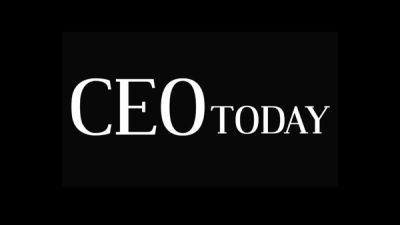
Shaping Brand Voice: 10 Essential TOV Traits and When to Use Them
A brand’s tone of voice is not what it says, but how it says it. When doing big rebrands and redesigns, we often begin our strategic process not with the visual stuff, but with an exploration of a brand’s way of communicating and connecting with audiences.
TOV is an almost invisible expression of what and who a brand represents in the marketplace. It can be a key differentiator in crowded spaces. It can help form the cornerstone of a company’s strategic process. It can also be the demise of a brand that does not use it wisely.
A tone of voice is more than just a decision to be “funny” or “serious.” It encompasses the words you choose, the order in which you use them, their rhythm, their pace, and their intent. A company’s TOV traits can and should inform all of its written copy — from a brand’s website to its social media messages, to brand films, emails, and product packaging.
Below, we’ve created a list of 10 essential TOV traits for brands to consider, and a quick explanation of when (and when not) to use them.

1. Confident
See: BBC
One of the most universal tone of voice traits we recommend to brands is to speak with confidence. Whether you’re a national TV network or a local green juice start-up, it will most likely pay to speak with a concise, active, and definitive candor. Being confident is about being positive and upbeat, embracing challenges, and conveying a powerful attitude. That said, it also requires writers to walk a fine line between expertise and arrogance — heading too far into the latter TOV territory could run the risk of alienating or disrespecting certain audiences if not handled carefully.

2. Informative
See: The Weather Channel
Media brands, tech start-ups, and places of higher education often employ this tone of voice trait in their communications. Speaking in an informative way requires a knowledge-first ideology and a pragmatic way of thinking from your writers. To appear informative, it’s best to avoid cliches, complex metaphors, or pedantic humor in your writing. The goal of an informative TOV is primarily to build a sense of trust and expertise with an audience. That said, this tone holds the risk of seeming dry or boring, which might not be ideal for younger, lifestyle-oriented brands.

3. Playful
See: Last Week Tonight with John Oliver
Energetic, vibrant language defines this tone of voice, which can be great to experiment with if you’re a youth-facing, food-oriented, or experimental-anything type of brand. This is where humor comes into play. Are you up on the latest meme formats or will you take on a more classic approach to being funny? Use colloquialisms and contractions. Be approachable. But also be careful. One of the most cringe-worthy things to see in this industry is when a brand tries to be funny without doing their homework into whether their humor is relevant (or appropriate) before speaking.

4. Sophisticated
See: AICP
“Sophistication” is the word many fashion, film, and arts-oriented brands come to us with when we begin the tone of voice process. But aside from being “cool” and “effortless” what does this really mean? A sophisticated TOV will prioritize formal over informal language. It seeks to appear professional, authoritative, and respectful to its audiences. Being sophisticated means being on-trend without being trendy. It means speaking with an understated confidence that can sway anywhere between totally direct and totally ethereal. Trying too hard to seem sophisticated can run the risk of seeming stiff and lacking in personality — try pairing this trait with a more casual one to generate a more original perspective.
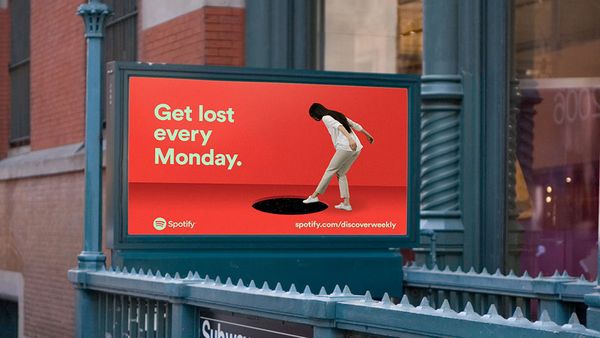
5. Imaginative
See: Spotify
For tech companies and forward-looking businesses that focus on creativity, discovery, and invention an “imaginative” tone of voice can help forge inspiring, personal connections with target audiences. Instead of speaking simply or matter-of-fact, brands in this arena may want to experiment with using less-common words and phrases, compelling metaphors, and aspirational messaging. Speak of the future, make predictions, and muse prolific. Think Apple’s famous “Think Different” tagline. Brands that might want to stray away from this TOV are those looking to build trust or authority in their industry, which might require a more concrete approach to communication.
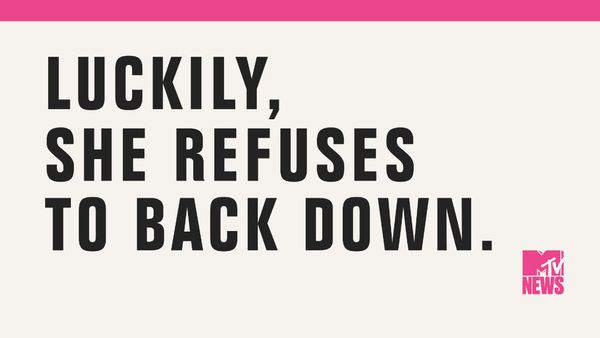
6. Empowered
See: MTV News
Why be “confident” when you can be “empowered”? We’ve been recommending this tone of voice trait with a lot of entertainment, lifestyle, and millennial-facing brands lately. Today, it’s often not enough to just exist as a neutral entity in a crowded competitive landscape — brands are increasingly taking a stand toward inclusivity and justice, especially those with female or minority-led audiences. Speaking with empowerment means being strong, bold, and not afraid to assert an opinion. It’s about striking a fine line between positivity and discernment. And while taking a stand can undoubtedly be dangerous for brands that are not inherently political or public-facing, you’d be surprised how far a little teeth can take you.

7. Curious
See: IBM
They say curiosity is the mother of invention. For companies that invent, inspire or seek out information, this TOV trait can be key for creating an authentic, relatable brand voice. Asking questions can help drive engagement, pull in clicks on social media, and take a brand out of its comfort zone of simply describing and selling products. Try straying away from assumptions or over-arching statements. Speak and write as though you’re eager and interested in the world around you. Experiment a bit with colloquial language — when you ask questions it’s as if you’re addressing your customer directly, after all. This tone of voice might not be effective for brands hoping to appear authoritative, official, or established.

8. Open
See: Chase
Being grateful for your customers’ time and opinions, friendly yet unassuming, and personable to their needs can go a long way in any industry. We often recommend using this tone of voice trait to businesses that provide essential services or deal a lot with people in their day-to-day operations. Being “open” means being a little bit informal, highly optimistic, and forward-looking. It’s about anticipating desires and creating emotional connections. Brands that want to appear sophisticated or mysterious may want to stray away from this TOV trait. It can run the risk of making you sound young, naive — or worse, inauthentic.
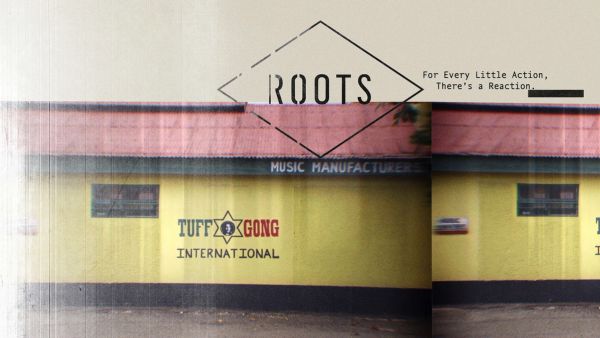
9. Laid-back
See: House of Marley
Sometimes, brands can be friends. Using a “laid-back” tone of voice is an easy way to appear welcoming, friendly, and sincere to your audience. Instead of trying hard to ask questions, sell products, or drive engagement, a laid-back TOV offers users or customers the ability to choose. To embody the trait, avoid using large words, complex sentences, or phrases. Incorporate messaging that helps put people at ease or demonstrates how relaxing your product is. This tone of voice is great for lifestyle brands, fashion labels, or soft drinks (Coca-Cola famously includes “laid-back” in its brand guidelines). It’s not so great for brands that need to convey important information, appear trustworthy or efficient.
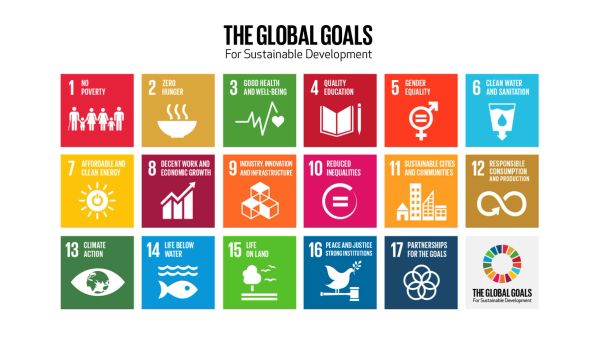
10. Compassionate
See: United Nations Global Goals
This last trait is one of our favorites here at Trollbäck, and one that we believe almost every brand should employ and embody. Being compassionate means being connection-oriented, people-focused, and thoughtful of an audience’s needs and desires. It means thinking beyond a bottom line, an informative message, or a cool visual identity and toward a more sustainable, inspiring future. At the end of the day, building a brand should be about addressing an unmet need or desire. It takes compassion and understanding to do that. There are enough okay and selfish brands out there. We like to challenge brands to strive for something better.
Explore more
New business inquiries.
How can we help?
NYC 11:05
STK 05:05
LA 08:05
Get our newsletter
Sign up for updates,
insights, and inspirations
from our studio.



